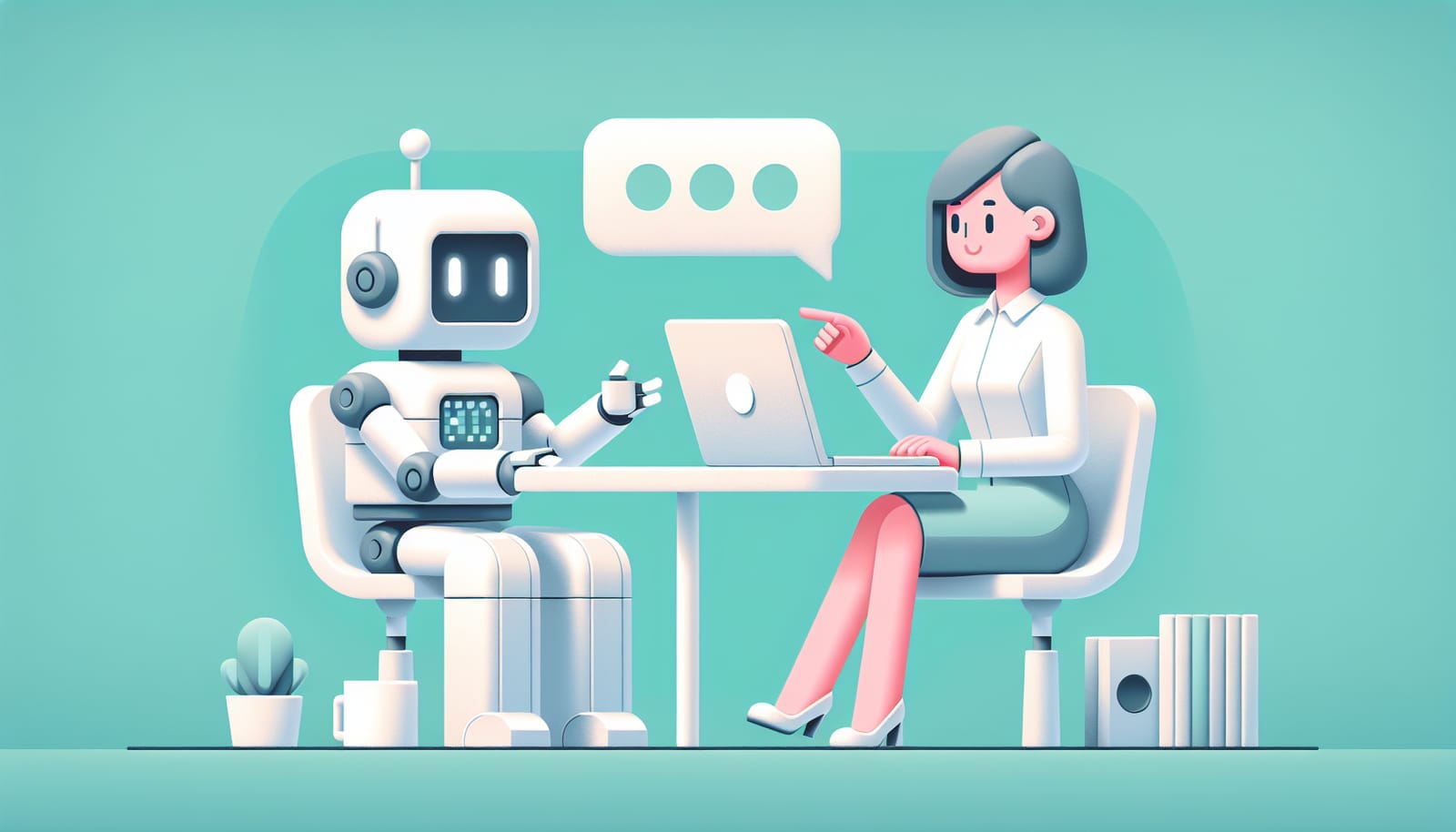Artificial Intelligence (AI) is changing the way we interact with technology. From voice assistants that help us with everyday tasks to self-driving cars that navigate busy streets, AI is becoming a part of our daily lives. But have you ever wondered how AI can understand not just words, but images, sounds, and even gestures? Enter the world of Multimodal AI! In this article, we will explore what Multimodal AI is, how it works, and why it’s important for the future of technology.
Understanding Multimodal AI
Multimodal AI refers to artificial intelligence systems that can process and understand multiple types of data at the same time. Traditionally, AI systems have focused on one type of input, whether it be text, images, or audio. For example, a text-based AI can understand and generate written language, while a computer vision AI can recognize objects in images.
When we combine these abilities, we create a Multimodal AI. This means the AI can analyze text, images, and sounds all at once, allowing it to understand context in a much richer way. Imagine asking a robot to describe a picture of a cat while also telling a funny story about cats. A standard AI might only focus on one of these tasks, but a Multimodal AI can handle both at the same time!
How Does Multimodal AI Work?
To understand how Multimodal AI works, let's break it down into some components. At its core, Multimodal AI uses various techniques to analyze different types of data. These techniques involve a combination of machine learning, natural language processing (NLP), and computer vision.
Machine Learning: This is the process where AI learns from data. The more data it receives, the better it gets at making predictions or understanding patterns. For Multimodal AI, it learns from images, sounds, and text simultaneously.
Natural Language Processing (NLP): This area focuses on how computers understand and generate human language. In a Multimodal AI, NLP helps the system understand the text input and its meaning.
Computer Vision: This is the technology that allows computers to interpret and understand visual information from the world, like recognizing faces or identifying objects in a picture.
By combining these techniques, Multimodal AI can understand complex scenarios. For example, imagine a smart assistant recognizing a dog in a video while also listening to someone talking about how to take care of pets. It can provide relevant information about pet care based on what it sees and hears.
Real-World Applications of Multimodal AI
Multimodal AI isn't just a futuristic concept; it’s being used in real-world applications today! Here are a few exciting examples:
Healthcare: Multimodal AI can analyze medical images (like X-rays) and patient health records at the same time. This helps doctors make better diagnoses and create personalized treatment plans.
Education: In classrooms, Multimodal AI can help students learn by combining visual aids (like videos or pictures) with spoken explanations. This makes learning more engaging and effective.
Entertainment: Streaming services like Netflix use Multimodal AI to recommend shows and movies. By analyzing user preferences, viewing habits, and even social media trends, these services can suggest content that you are more likely to enjoy.
Customer Service: Companies are using Multimodal AI in chatbots that can understand text, voice, and even facial expressions. This means you can have a more natural conversation with an AI when seeking help.
The Importance of Multimodal AI
So why is Multimodal AI important? The answer lies in its ability to provide a more human-like understanding of information. By processing multiple types of data, Multimodal AI can:
Enhance Interactions: It allows for more natural and intuitive interactions between humans and machines. Imagine talking to a robot that can see you, hear you, and respond appropriately. It would feel much more like a conversation with a friend!
Improve Accuracy: With multiple inputs, the AI can cross-check information, reducing the chances of errors in understanding or answering questions.
Expand Accessibility: Multimodal AI can help break down barriers for people with disabilities. For example, a person who is deaf might use sign language to communicate with an AI that understands both gestures and spoken language.
The Future of Multimodal AI
As technology continues to evolve, the potential for Multimodal AI is limitless. Future advancements may lead to even more sophisticated systems that can understand emotions and intentions, making human-computer interactions smoother and more meaningful.
Imagine a future where you could have a conversation with your computer, and it could understand not just the words you say but also your tone of voice, facial expressions, and even the context of your environment! This could revolutionize everything from education to therapy, making interactions with technology more personalized and effective.
Challenges and Considerations
While the potential for Multimodal AI is exciting, there are also challenges to consider. One major concern is privacy. As AI systems collect and analyze more data, it’s important to ensure that this information is kept secure and used responsibly.
Another challenge is bias. If the data used to train Multimodal AI systems is not diverse, it could lead to skewed results or misunderstandings. It’s essential for developers to be mindful of these issues to create fair and inclusive AI systems.
Multimodal AI represents a significant step forward in the world of artificial intelligence. By enabling machines to understand and process multiple forms of data, we are paving the way for more natural interactions and enhanced user experiences. As we continue to explore the possibilities of Multimodal AI, we can look forward to a future where technology understands us better than ever before.
Whether you are a student, a professional, or just curious about technology, Multimodal AI is something to watch. It’s not just about making machines smarter; it’s about making our interactions with them more meaningful and enjoyable. Embrace the future, and who knows what incredible adventures await us with Multimodal AI at our side!


